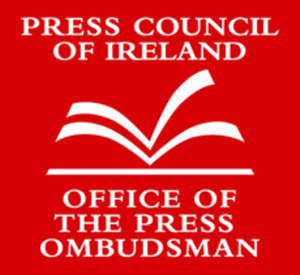Search Results for 'Broderick'
7 results found.
Explaining the co-option process and how it shapes Galway County Council
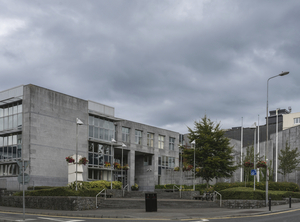
Local government in Ireland plays a central role in shaping communities, and Galway County Council is no exception. With 39 elected councillors, the council makes decisions on housing, roads, planning, environmental services, and community development.
Commercial Boat Club, 150 years
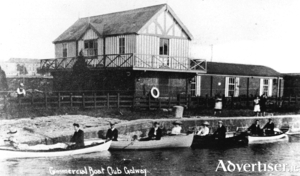
As a result of a number of years planning by some enterprising young men, a meeting took place in the hall of the Mechanics Institute on this day, May 15 1875, one hundred and fifty years ago with the purpose of forming Galway Commercial Rowing Club. The resolution was formally proposed and seconded and unanimously adopted. The subscription was fixed at £1 which included the entrance fee and the annual sub. The following committee was elected – Laurence Carr, J St George Joyce, Morgan Lee, Thomas O’Gorman, Thomas Hogan, Thomas Hayes McCoy, Y Kean, James Maher, B Roche and Patrick Bodkin. In addition, 62 members enrolled.
The changing of the guard
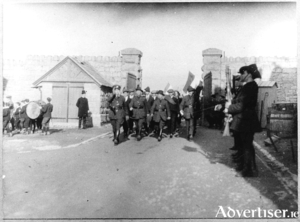
On this day, February 13, 1922, the IRA took over Renmore Barracks from the British. When the Anglo-Irish Treaty was ratified on January 7, 1922, it was only a matter of time before the British Army would leave the Barracks. There was some suggestion initially that the Regional Hospital might transfer to the barracks. On February 2, the last Black and Tans had left Galway by train. The British did not want to surrender the Barracks to the Volunteers, so an arrangement was made where they would leave at a certain time, and the formal handover would take place a few hours later.
ALDI Ireland on recruitment drive to fill 40 vacancies in Galway to meet increased demand
ALDI, which states it is Ireland’s best paying supermarket, has initiated a recruitment drive to fill 450 vacancies across the retailer’s 153 store network in Ireland, including 40 vacancies in Galway. The company is recruiting for store assistants including 34 permanent positions and 6 fixed term contract positions in its Galway stores.
The Penny Dinners
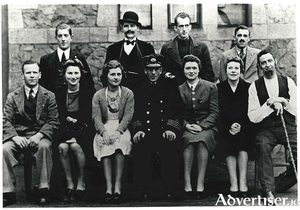
The Penny Dinners committee was a name given to a voluntary group who used to provide free dinners for 40 to 80 impoverished children four times per week in the late 1920s and early 1930s. In fact the title was a misnomer, in no sense were they penny dinners. The children could not afford to give a penny for them, nor could the committee provide a dinner for a penny. The funding for these meals came from the people of Galway and also from fundraising productions they put on, mostly in the Columban Hall.
St Thomas' bid for three-in-a-row on the line against Turloughmore
There can be no argument now that the best two teams in the county will face off in this Sunday’s eagerly anticipated senior final, after St Thomas' withstood yet another gallant, but ultimately unsuccessful attempt by Cappataggle to reach their first decider.
Eyre Street at the turn of the century
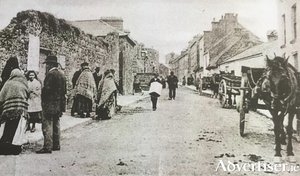
Edward Eyre arrived in Galway with the Cromwellian army, became a major political figure, and secured extensive grants from the Corporation and a considerable amount of property in both the city and county, mostly from displaced Catholic families, in the period 1660 to 1670. Most of this property was outside the town walls and included areas that we now know as the railway station, Forthill Cemetery, Victoria Place, Merchants Road, the Commercial Dock, Woodquay, Suckeen, and Eyre Square.

